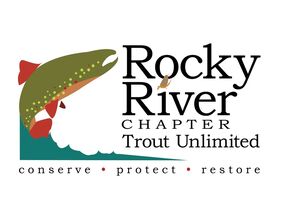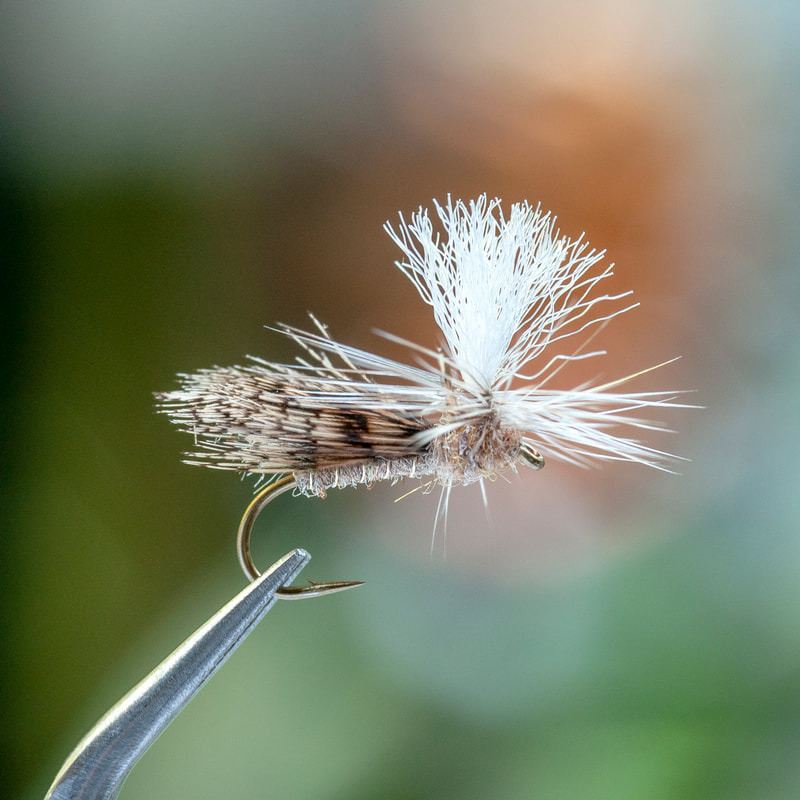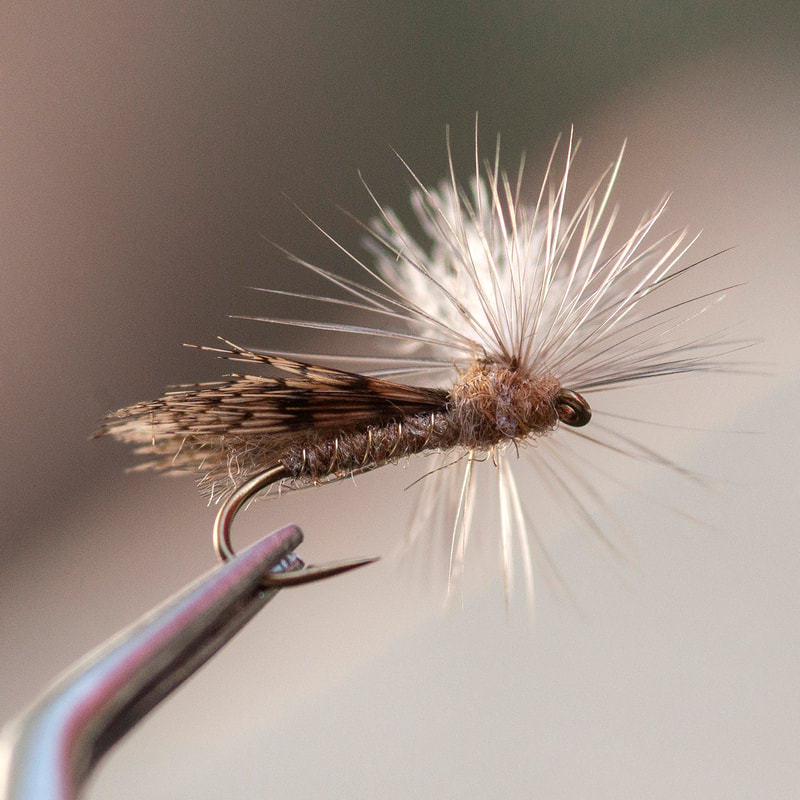- Rocky River TU
- FORR
- Programs
-
Resources
-
Fly of the Month Patterns
>
-
DRY FLY PATTERNS
>
- Adams Variant
- Asher
- Baigent's Variant
- Blue Quill
- BWO
- BWO Catskill
- BWO CDC Emerger
- BWO Sparkle Dun
- BWO Spinner
- Carolina Wulff
- CDC Biot Comparadun
- CDL Comparadun
- Coachman Variant
- Crackleback
- Dragonfly Dry
- Dry Pheasant Tail Variant
- Dun Fly, August Fly,Wasp Fly
- Early Nelson
- Egg Laying Caddis
- Troth Elk Hair Caddis FFI
- Elk Hair Caddis
- EZ Caddis
- Female Adams
- Fluttering Caddis
- Ginger Quill
- Gray Fox Variant
- Griffith's Gnat
- Hazel Creek
- H & L Variant
- Hopper Juan
- Infallible
- Japanese Beetle
- Jassid
- Jim Charley
- Klinkhamer
- Lacewing
- Light Cahill Catskill
- Little Green and Little Yellow Stonefly
- Mr. Rapidan
- North Carolina Yellow Sally
- FFI Parachute Adams
- Parachute Adams
- Puff Diddy
- October Caddis
- Orange Forked Tail
- Rattler
- Red Headed Caddis
- Smoky Mountian Candy
- Sunkist
- Trude
- Rusty Spinner
- Sulphurs Part 1
- Sulphur Part 2
- Yellow Palmer
- Dry Attractor
- Midges >
-
Nymphs
>
- Brassie
- Chironimid
- Copper John
- Crossover Nymph
- Crow Fly
- Damsel Fly Nymph
- Deep Sparkle Caddis Pupa
- Devil's Doorstop
- Girdle Bug
- Gold Ribbed Hare's Ear
- Hare's Ear Nymph FFI
- Hot Creek Special
- Mr. Rapidan
- Peridgon Nymph
- BH Prince Nymph FFI
- BH Prince Nymph
- Realistic Stonefly
- Royal Prince
- Scud
- Egan's Tasmanian Devil
- Tups Indespensible
- Pupae/Larva
- Scud >
- Soft Hackles >
- Terrestrials >
- Wet Fly Patterns >
-
DRY FLY PATTERNS
>
- Fly Patterns
- RRTU Class Recipes
- NC General Hatch Charts
- Fly Shops, Outfitters and Guides
- Fly Fishing >
- Fly Casting
- History, Reading, References >
- Calendar Copy
-
Fly of the Month Patterns
>
- RRTU Store
- Rocky River TU
- FORR
- Programs
-
Resources
-
Fly of the Month Patterns
>
-
DRY FLY PATTERNS
>
- Adams Variant
- Asher
- Baigent's Variant
- Blue Quill
- BWO
- BWO Catskill
- BWO CDC Emerger
- BWO Sparkle Dun
- BWO Spinner
- Carolina Wulff
- CDC Biot Comparadun
- CDL Comparadun
- Coachman Variant
- Crackleback
- Dragonfly Dry
- Dry Pheasant Tail Variant
- Dun Fly, August Fly,Wasp Fly
- Early Nelson
- Egg Laying Caddis
- Troth Elk Hair Caddis FFI
- Elk Hair Caddis
- EZ Caddis
- Female Adams
- Fluttering Caddis
- Ginger Quill
- Gray Fox Variant
- Griffith's Gnat
- Hazel Creek
- H & L Variant
- Hopper Juan
- Infallible
- Japanese Beetle
- Jassid
- Jim Charley
- Klinkhamer
- Lacewing
- Light Cahill Catskill
- Little Green and Little Yellow Stonefly
- Mr. Rapidan
- North Carolina Yellow Sally
- FFI Parachute Adams
- Parachute Adams
- Puff Diddy
- October Caddis
- Orange Forked Tail
- Rattler
- Red Headed Caddis
- Smoky Mountian Candy
- Sunkist
- Trude
- Rusty Spinner
- Sulphurs Part 1
- Sulphur Part 2
- Yellow Palmer
- Dry Attractor
- Midges >
-
Nymphs
>
- Brassie
- Chironimid
- Copper John
- Crossover Nymph
- Crow Fly
- Damsel Fly Nymph
- Deep Sparkle Caddis Pupa
- Devil's Doorstop
- Girdle Bug
- Gold Ribbed Hare's Ear
- Hare's Ear Nymph FFI
- Hot Creek Special
- Mr. Rapidan
- Peridgon Nymph
- BH Prince Nymph FFI
- BH Prince Nymph
- Realistic Stonefly
- Royal Prince
- Scud
- Egan's Tasmanian Devil
- Tups Indespensible
- Pupae/Larva
- Scud >
- Soft Hackles >
- Terrestrials >
- Wet Fly Patterns >
-
DRY FLY PATTERNS
>
- Fly Patterns
- RRTU Class Recipes
- NC General Hatch Charts
- Fly Shops, Outfitters and Guides
- Fly Fishing >
- Fly Casting
- History, Reading, References >
- Calendar Copy
-
Fly of the Month Patterns
>
- RRTU Store


